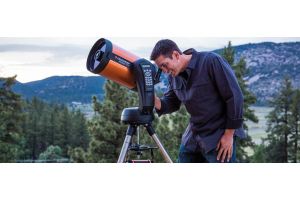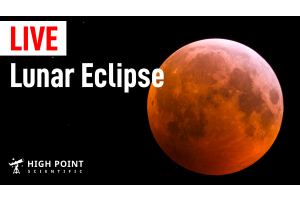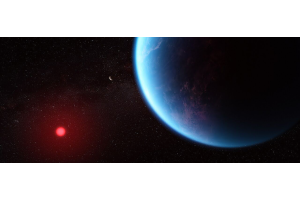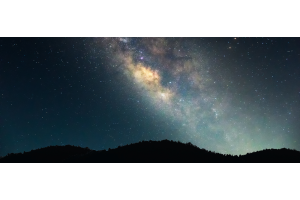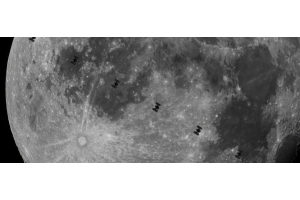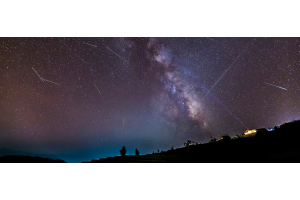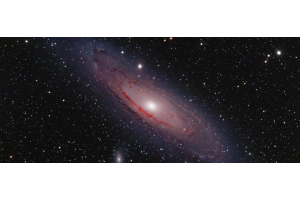Astronomy Hub
Observatories are home to some of the biggest and most impressive telescopes in the world. As many amateur astronomers know, there are many ways to experience the night sky beyond looking through a backyard telescope. Learn more about observatories in...
On Thursday, March 13th, 2025, there will be a Total Lunar Eclipse. What will the moon look like? Will you be able to see the eclipse? Learn more...
Kids are naturally curious. They’re information sponges, always eager to ask questions and learn...if they’re interested in the topic, of course. The question, then, is how to get kids interested in something you want to teach them, like astronomy...
For those who live in urban settings, light pollution is a difficult challenge to overcome. Light from sodium, mercury, and LED lamps wash out the night sky, making it hard to discern detail on celestial bodies...
On Monday, January 13th, 2025, there will be a Lunar Occultation of Mars. During this celestial event, our Moon will eclipse Mars, completely blocking it from view...
Featuring ED glass, 160 mm of aperture, an f/7 focal ratio, and great chromatic aberration performance, this refractor is sure to impress...
Whenever you look up at the night sky you’re looking at hundreds - if not thousands - of stars. To the naked eye, they appear as single points of light, but the reality is that most stars are thought to be multiple star systems. In other words, that s...
Astronomical filters work by blocking certain types of light and allowing other types to pass through almost unaltered. Filters do not enhance or multiply light; they simply block undesired wavelengths...
In this episode of What's in the Sky this Month, Teagan reviews some of the beautiful celestial objects you can see in January 2025...
The evening twilight sky continues to be dominated by Venus, which reaches greatest elongation from the Sun on the 9th. Just a little to the upper left is Saturn. A crescent Moon appears to the left of Venus on the 3rd and then to the upper left of the...
2024 was an unforgettable year for space - from missions to Europa, commercial spacewalks, and a solar eclipse - it felt like everyone was looking up this year...
The Hestia Smart Telescope by Vaonis transforms your smartphone into a smart telescope through a unique combination of optics, prisms, and a companion app called Gravity. The Hestia is available in two packages: the standard and the premium...
With the brand new ZWO CAA Camera Angle Adjuster, you can precisely position celestial objects in your camera's view and bring your perfect frame to life...
Astronomy is an all-ages hobby, everyone is welcome to enjoy the wonders of the universe. Our team of Gear Experts has taken the time to compile a list of some of the best telescopes for adults...
From its specifications to its build quality and accessories, we’re covering everything you need to know about the Apertura AD6 6” Dobsonian Telescope, a fantastic addition to Apertura’s lineup...
